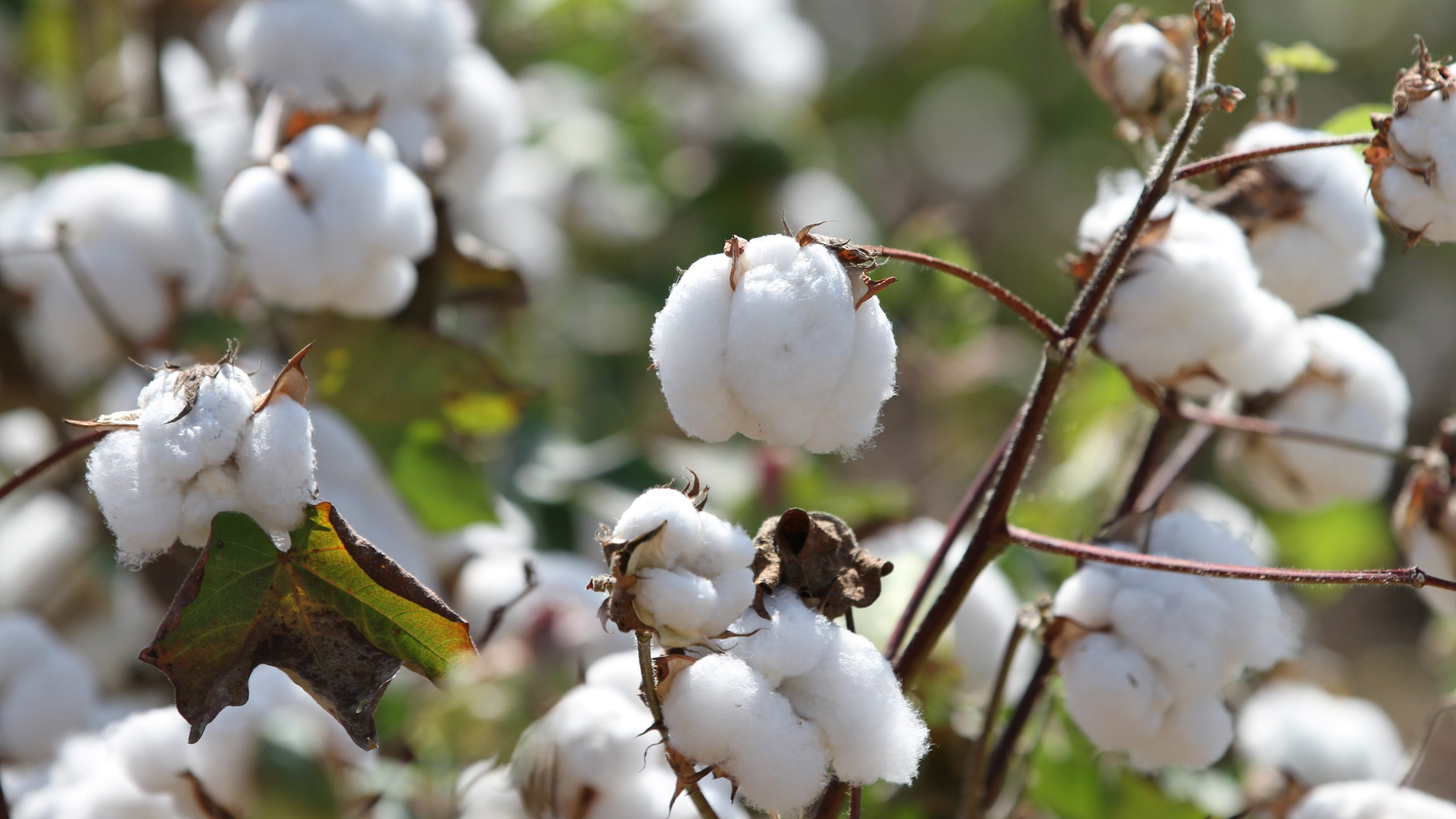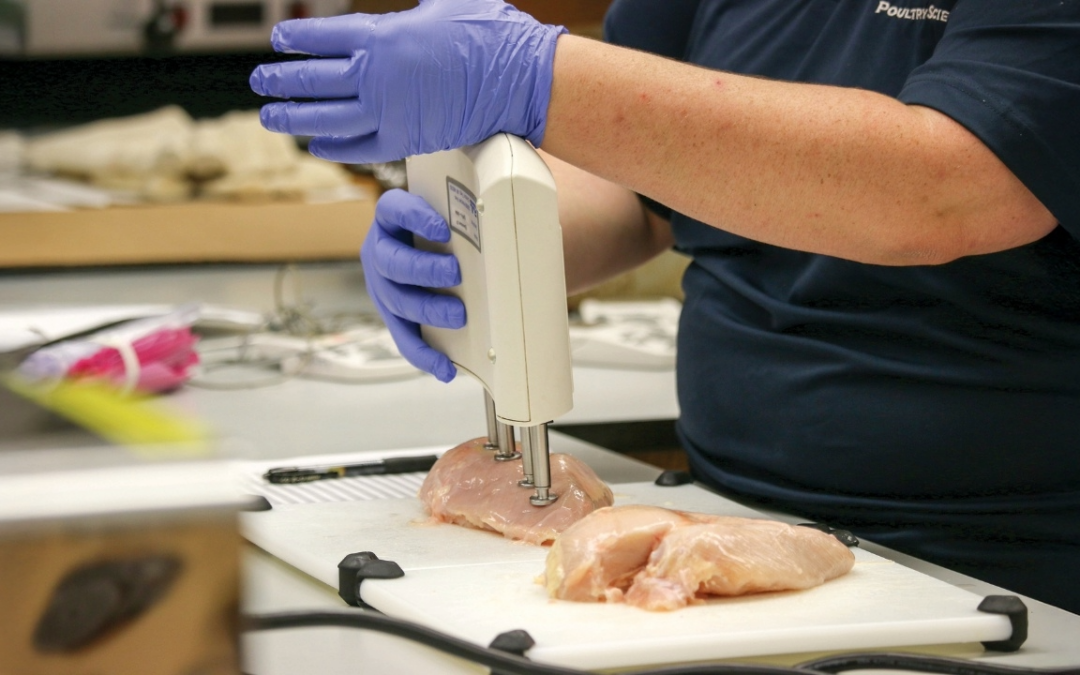Long-term security of U.S. food and fiber production depends upon healthy soils to produce healthy plants. While scientific understanding of the importance of healthy soils has increased greatly, there remains a knowledge gap when it comes to how the soil microbiome contributes to soil and plant health.
Audrey Gamble, associate professor at Auburn University and researcher in the Alabama Agricultural Experiment Station, recently received $294,000 from USDA-NIFA to investigate the effect of cover crop species on soil microbial community structure and function and to examine the influence of different cover crop species on cotton root development and water and nutrient uptake.
“There is a critical need to enhance our understanding of the soil microbiome to gain a comprehensive understanding of soil health and impacts on cotton development and productivity,” Gamble said.
The project was funded through the AFRI Commodity Board Co-Funding Program and co-funded by the Cotton Board.
The long-term goal of this project, according to Gamble, is to improve sustainability of cotton production by leveraging the benefits of cover crops to enhance plant development, nutrient uptake and water use efficiency by managing for improved soil microbial structure and function.
Many soils across the southeastern United States are severely degraded by the humid climate, coarse soil texture and intensive row cropping systems used in the region.
Historically, cotton production played a role in soil erosion and degradation, with significant portions of the Coastal Plain and Piedmont regions of the South dedicated to cotton production under intensive tillage practices at the turn of the 20th century.
Today, cotton is still an economically important crop in the southern region. In 2023, 90% of the nation’s 11 million acres of cotton were planted in the Southeast, according to the USDA. The U.S. Cotton industry is now leading efforts to create sustainable agricultural systems by setting specific sustainability goals, including reducing soil loss, improving soil organic carbon storage and increasing land use efficiency on land used for cotton production.
Existing knowledge demonstrates that conservation management practices that combine high-biomass cover crops with conservation tillage can improve soil health and agricultural sustainability of southeastern soils by increasing soil organic carbon storage, improving soil fertility, reducing soil water evaporation and minimizing soil compaction.
However, there is a lack of sufficient information on the influence of conservation management practices on the abundance and functionality of microbial communities in the soil. Gamble said that of all the indicators of soil health, this biological component is the most intricate and least understood.
“Science is still in the early stages of understanding how the soil microbiome contributes to soil and plant health,” Gamble said. “We aim to contribute to bridging the existing gap that currently exists in conservation management practices to improve the soil microbiome. By investigating which cover crops can improve cotton physiological characteristics that help the crop to increase nutrient and water use efficiency, we can provide farmers with recommendations to improve the sustainability of farming in the Cotton Belt from an economical and environmental perspective.”
Gamble is working with fellow Auburn College of Agriculture and Alabama Agricultural Experiment Station researchers Yucheng Feng, Alvaro Sanz and Kip Balkcom on the project.





